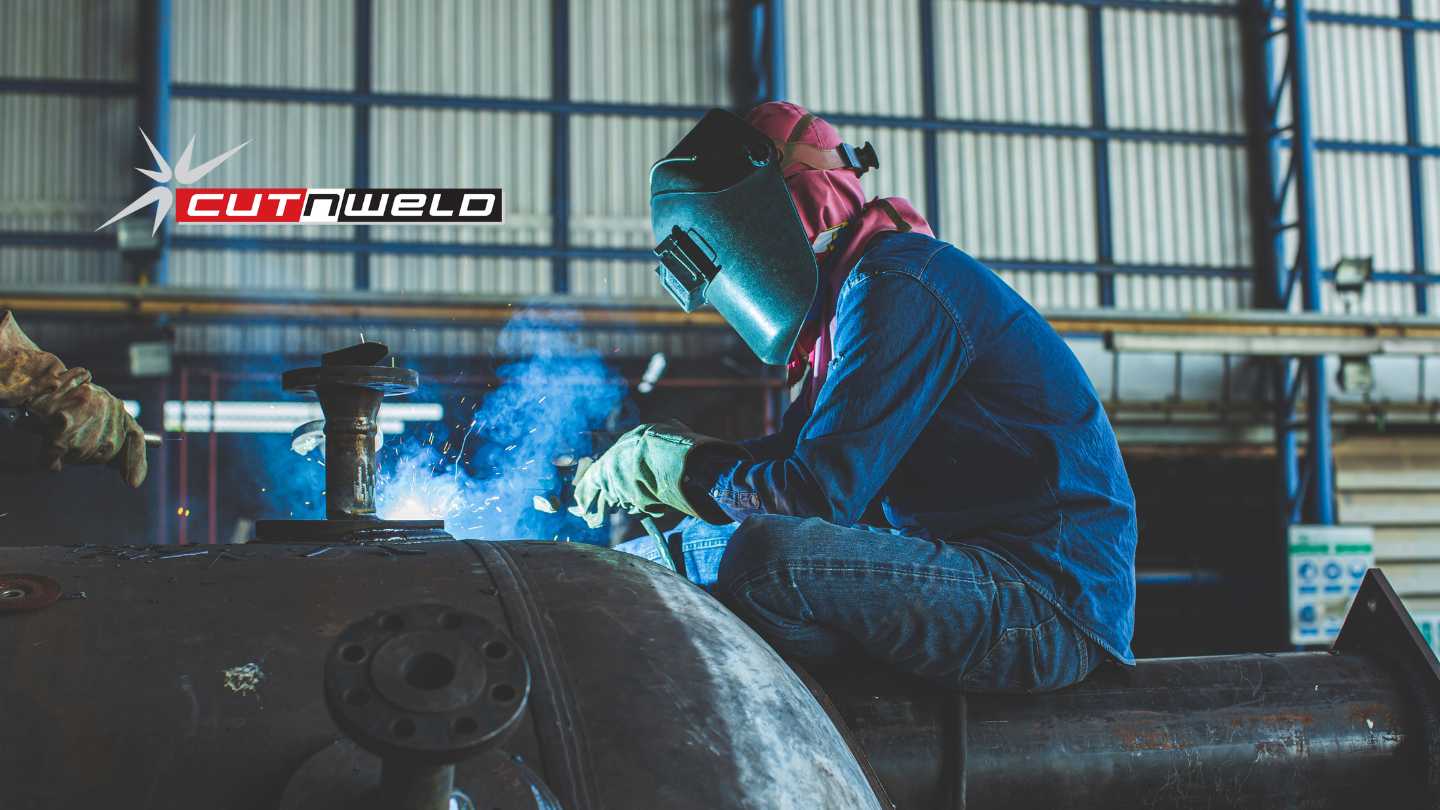
From Tiny Sparks to Glorious Titans | The Power of Laser Art Welding
Laser art welding isn’t just functional, it’s an art. Precision, detail, and creativity combine to turn metalwork into true expression.
No products in the Quote Basket.
No products in the Quote Basket.
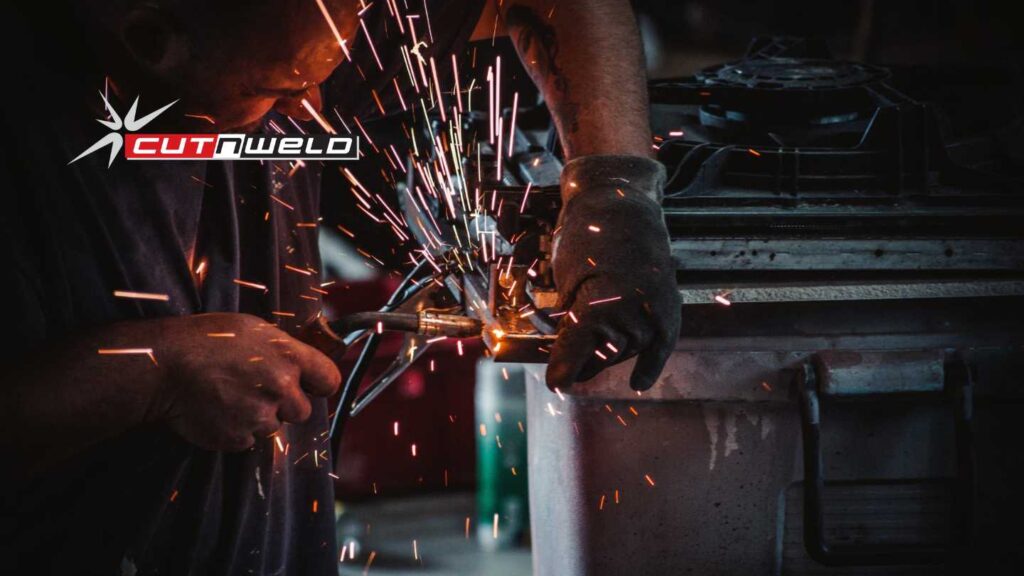
Welding is an essential skill in metal fabrication, and choosing the right process can impact the quality, efficiency, and strength of your welds. MIG and TIG welding are two of the most common welding techniques, each with its own strengths and applications. If you’re looking to switch from MIG to TIG, properly setting up your welding machine is crucial for achieving clean, high-quality welds.
This guide walks you through the key steps of transitioning from MIG to TIG welding, including adjusting your machine, selecting the right consumables, and optimising settings for the best results.
Most modern welding machines can handle both MIG and TIG processes with the appropriate settings and accessories. Follow these steps to switch your machine over:
MIG welding typically uses DC Electrode Positive (DCEP), while TIG welding uses DC Electrode Negative (DCEN) for most applications.
MIG welding uses a gun with a trigger and a continuously fed wire, while TIG welding requires a hand-held torch with a tungsten electrode.
Shielding gas is essential in both MIG and TIG welding, but the gases used differ:
To switch:
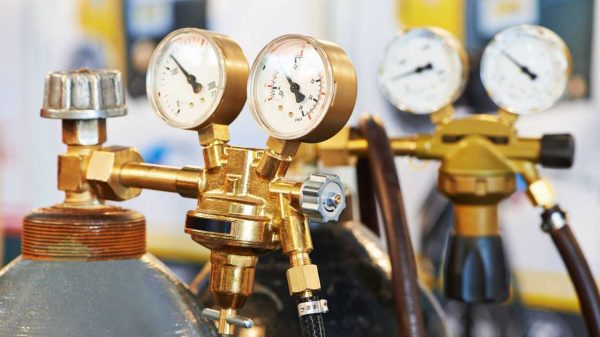
TIG welding requires voltage and amperage settings that are different from those of MIG. The exact settings depend on material type and thickness:
If your machine has pulse TIG functionality, you can fine-tune the heat input to reduce distortion, particularly for thin materials.
TIG welding requires a post-flow setting to protect the weld and tungsten from oxidation:
TIG welding requires more precision than MIG. Unlike MIG welding, where the filler metal is fed automatically, TIG welders must manually control the filler rod while maintaining a steady arc.
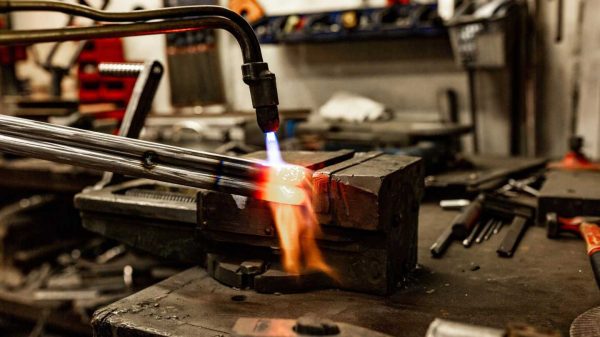
Switching from MIG to TIG welding requires careful adjustments to your machine, shielding gas, and technique. While TIG welding demands more precision, it produces cleaner, higher-quality welds, making it ideal for thin materials, stainless steel, and aluminium.
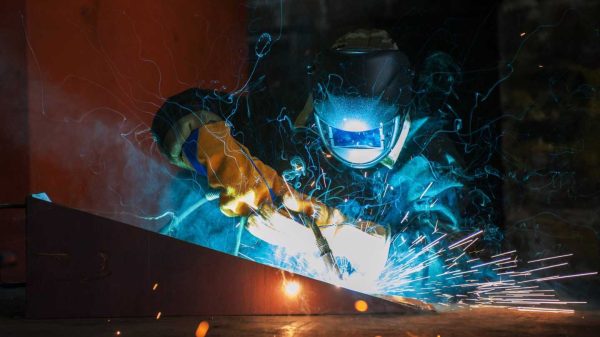
By following this step-by-step guide, you’ll be well on your way to mastering TIG welding and expanding your welding capabilities. Whether you’re a fabricator, mechanic, or hobbyist, taking the time to properly set up your machine will ensure better weld quality and a smoother transition between processes.
Have questions or need welding supplies? Visit Cut-N-Weld for high-quality welding equipment and expert advice!

Laser art welding isn’t just functional, it’s an art. Precision, detail, and creativity combine to turn metalwork into true expression.
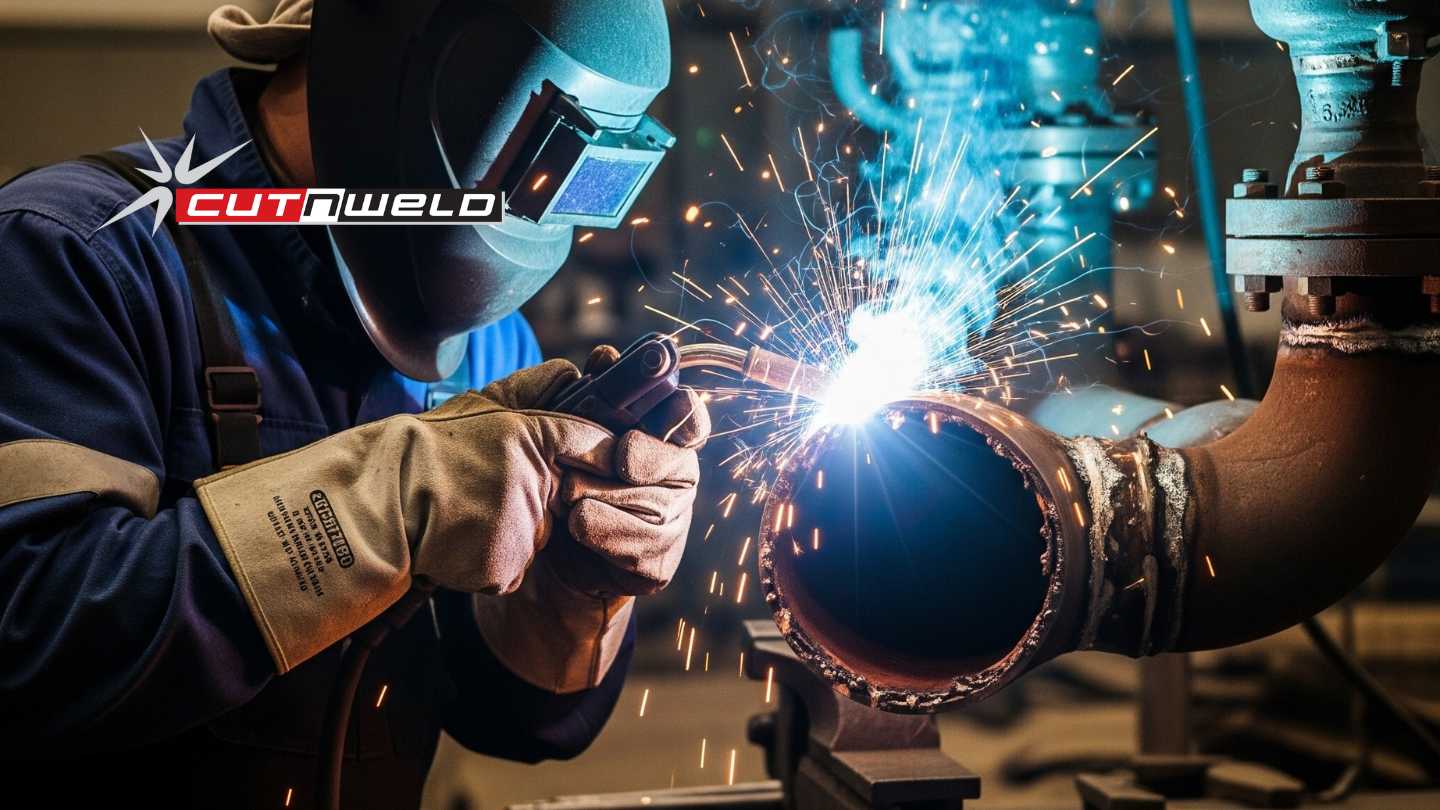
Recognising welding machine repair signs early is the key to preventing a small issue from becoming a major overhaul.
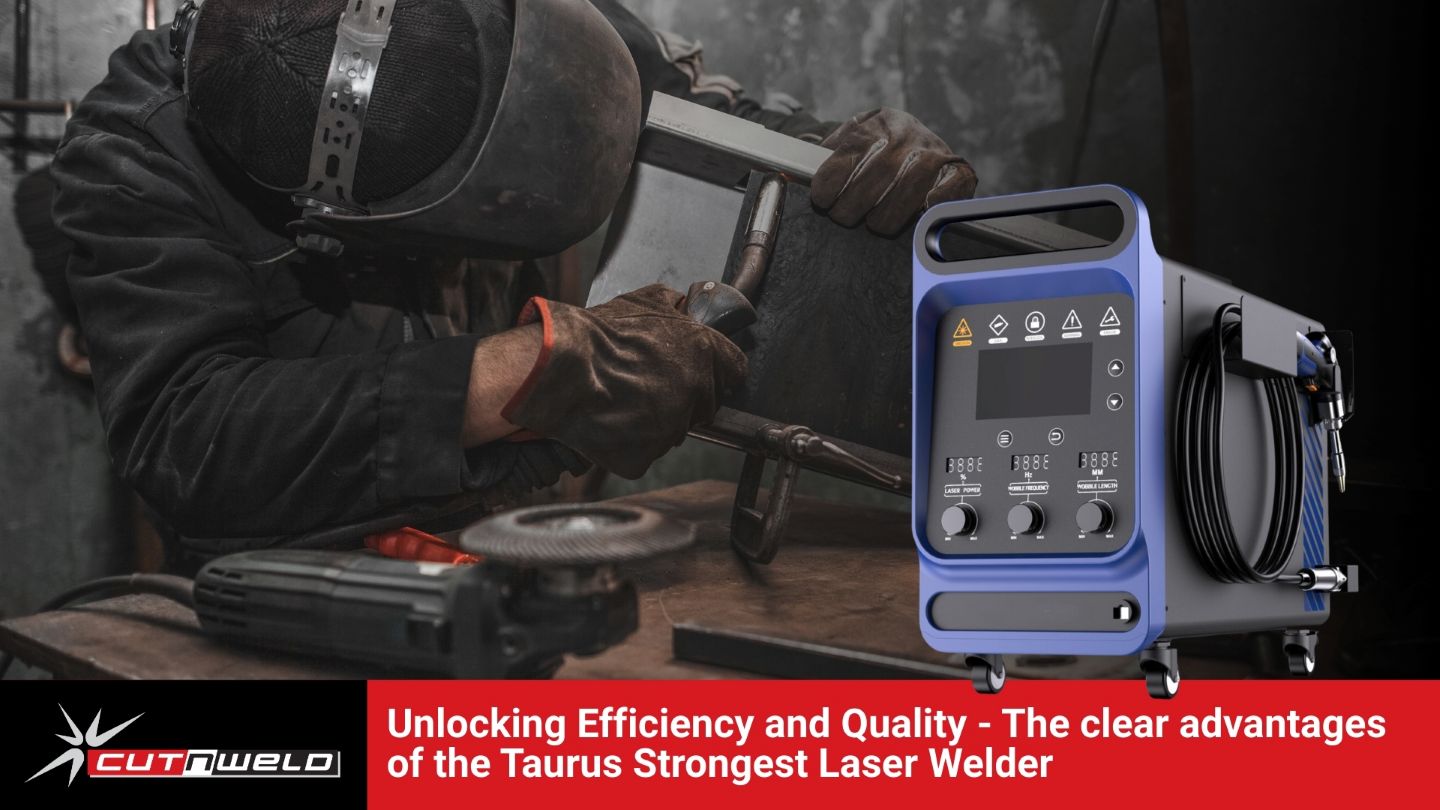
Explore our offerings and see how the strongest laser welder can transform your business.